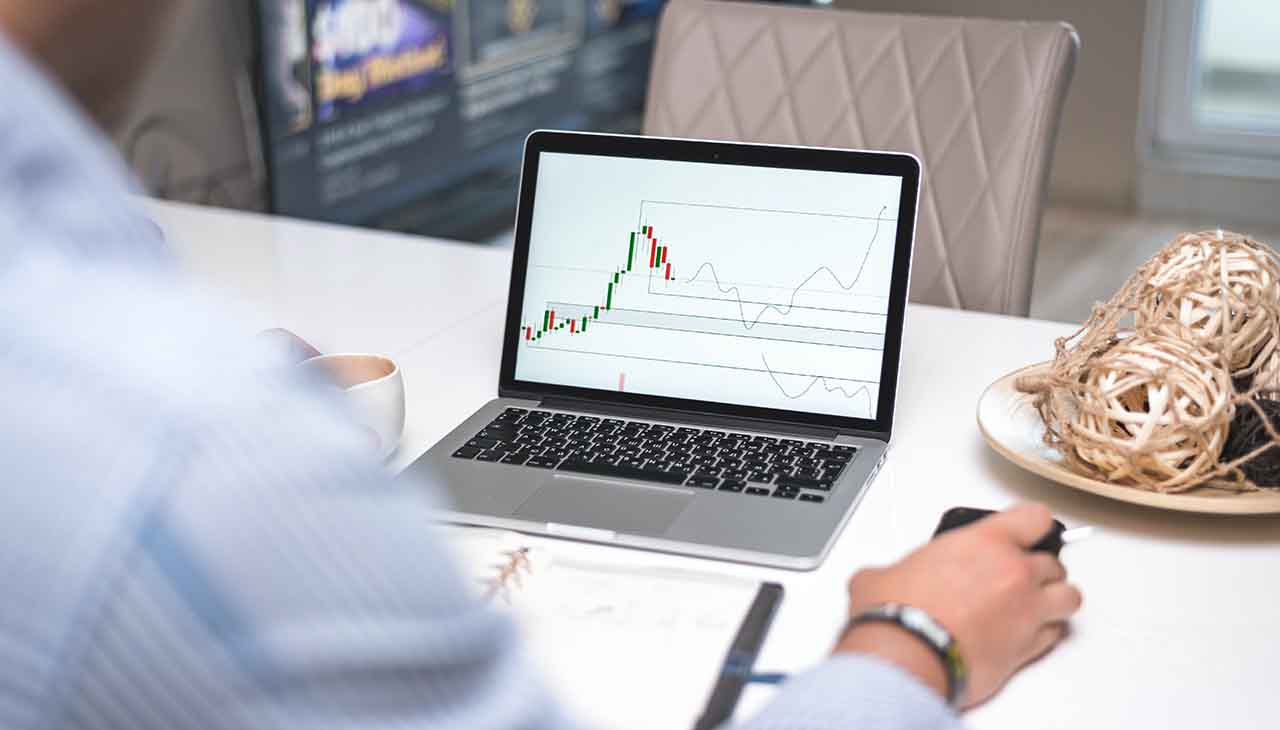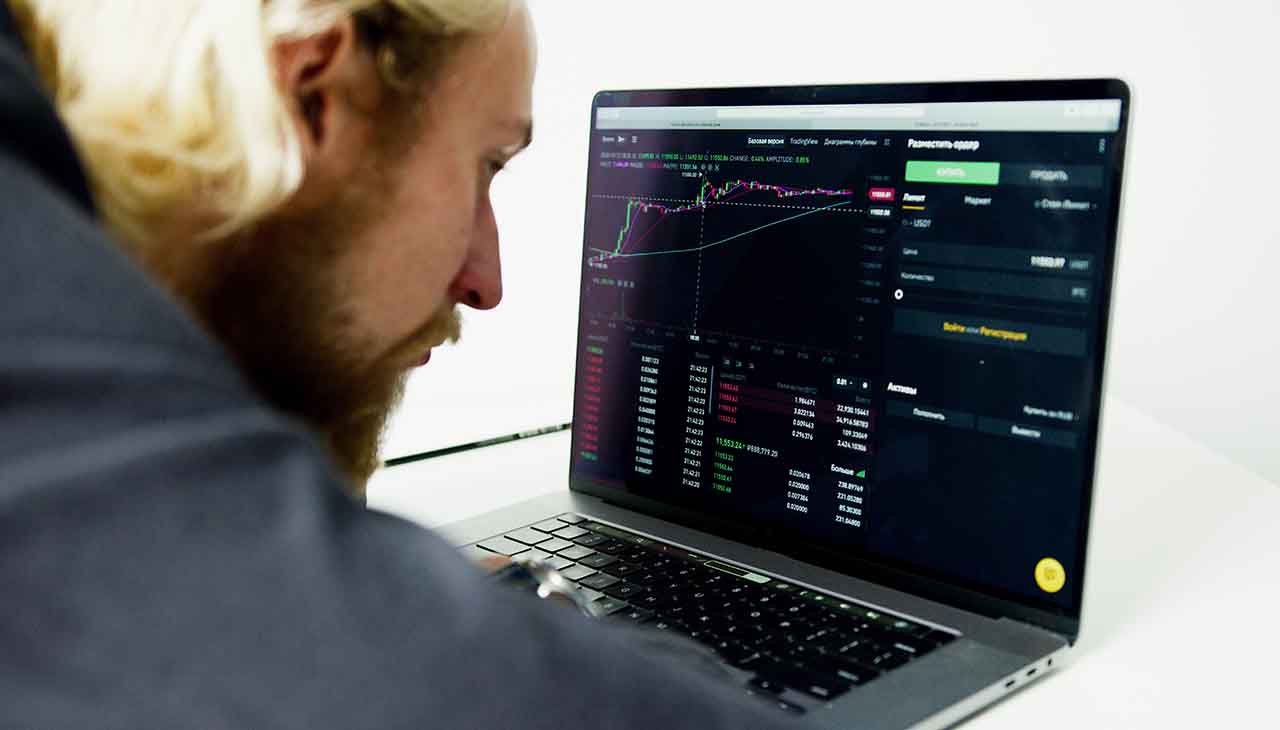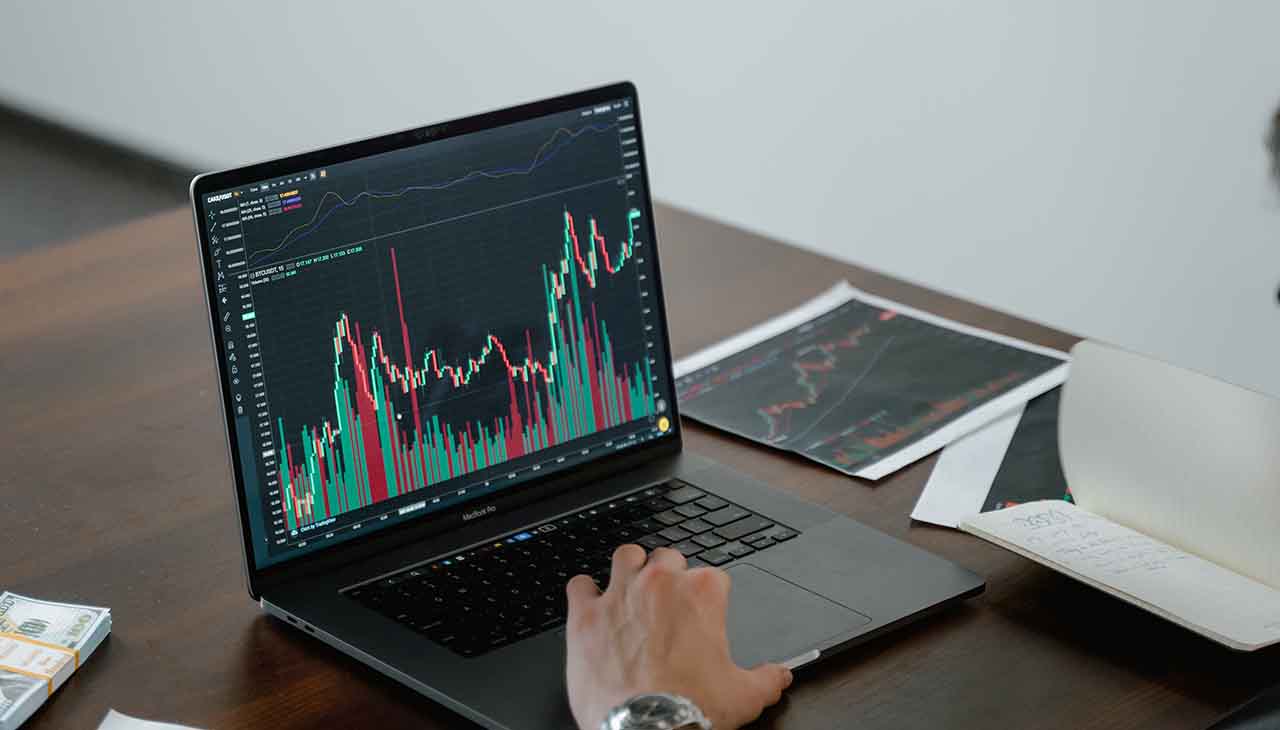Forex trading is a highly competitive market, and traders need to have effective strategies to succeed. The challenge is finding the best forex trading strategy that works for you. With so many strategies available, it can be overwhelming to know where to start.
In this comprehensive guide, we will unveil the best forex trading strategy that has been tried and tested by seasoned traders. We will cover everything you need to know, from the basics of forex trading to advanced strategies, risk management, and more.
Whether you are a beginner or an experienced trader, this guide will equip you with the knowledge and tools you need to develop a profitable trading strategy and achieve success in forex trading. So, let’s dive in and discover the best forex trading strategy.
The Basics of Forex Trading
Forex trading, also known as foreign exchange trading, is the buying and selling of currencies in the global market. The forex market is the largest financial market in the world, with an average daily turnover of over $5 trillion.
When trading forex, you trade currency pairs, which means you buy one currency while simultaneously selling another. The value of a currency pair is determined by its exchange rate, which is the ratio at which one currency can be exchanged for another.
Forex trading involves a lot of technical analysis and requires a good understanding of currency pairs and how to read forex price charts. There are various types of forex trades, including market orders, limit orders, stop-loss orders, and trailing-stop orders.
Market orders are executed at the current market price, while limit orders are executed at a specific price point. Stop-loss orders are used to minimize losses by setting a predetermined exit point if the price falls below a certain level. Trailing-stop orders are similar to stop-loss orders but allow traders to lock in profits by moving the exit point to follow an upward trend.
To get started with forex trading, it’s important to choose a reliable broker and open a trading account. Many brokers offer demo accounts, which allow you to practice trading without risking real money. It’s also important to keep up with market news and events that may affect currency values.
In the next section, we’ll discuss technical analysis for forex trading, which is a crucial aspect of developing a profitable trading strategy.
Technical Analysis for Forex Trading
Technical analysis is a method of analyzing forex price charts to identify patterns and trends that can help predict future price movements. It is based on the belief that historical price data can provide insights into future price movements.
There are many technical indicators used in forex trading, including moving averages, Relative Strength Index (RSI), and Bollinger Bands. Moving averages are used to smooth out price fluctuations and identify trends. RSI measures the strength of a price trend, while Bollinger Bands indicate volatility levels by measuring the standard deviation of price movements.
Another important aspect of technical analysis is chart patterns. Chart patterns are formations that appear on price charts and can indicate potential trend reversals or continuations. Some common chart patterns used in forex trading include head and shoulders, double tops and bottoms, and triangle patterns.
It’s important to note that technical analysis is not foolproof and does not guarantee future price movements. However, it is a useful tool for identifying potential trade setups and managing risk.
In addition to technical analysis, fundamental analysis is another important aspect of developing a profitable trading strategy. In the next section, we’ll discuss the fundamental analysis and how it can be used in forex trading.
Fundamental Analysis for Forex Trading
Fundamental analysis is a method of analyzing the forex market by examining economic, financial, and other qualitative and quantitative factors that can influence currency values. The goal of fundamental analysis is to identify currency pairs that are undervalued or overvalued based on these factors.
Some key economic indicators used in fundamental analysis include interest rates, inflation rates, gross domestic product (GDP), employment data, and trade balances. Central bank policy decisions can also have a significant impact on currency values, as they affect interest rates and monetary policies.
Financial statements and news releases from companies can also provide insights into currency values. For example, a positive earnings report from a major company may indicate a strong economy and lead to a rise in the value of the currency of that country.
Other factors that can affect currency values include geopolitical events, natural disasters, and changes in commodity prices. For example, a political crisis in a country can lead to a decrease in the value of its currency due to uncertainty about its future.
Fundamental analysis is often used in conjunction with technical analysis to develop a comprehensive trading strategy. By combining both methods, traders can better identify potential trade setups and manage risk.
In the next section, we’ll discuss how to develop a forex trading strategy that works for you.
Developing Your Forex Trading Strategy
Developing a forex trading strategy that works for you involves several steps, including setting goals, identifying your trading style, developing a trading plan, and backtesting your strategy.
- Setting goals: The first step in developing a trading strategy is to define your goals. What do you want to achieve through forex trading? Do you want to earn a steady income or are you looking to make quick profits? Defining your goals will help you determine the appropriate risk level and trading style.
- Identifying your trading style: There are different trading styles, including day trading, swing trading, and position trading. Each style has its advantages and disadvantages, and it’s important to choose the one that best fits your goals and personality.
- Developing a trading plan: A trading plan outlines your approach to forex trading, including entry and exit points, risk management strategies, and position sizing. It also includes guidelines for how much capital to risk per trade and how many positions to hold at once.
- Backtesting your strategy: Backtesting involves testing your trading strategy on historical market data to see how it would have performed in the past. This can help you identify potential weaknesses and fine-tune your strategy for better performance in the future.
In addition to these steps, it’s important to keep up with market news and events that may affect currency values. It’s also crucial to manage risk by using techniques such as stop-loss orders and position sizing.
By following these steps and continuously evaluating and fine-tuning your strategy, you can develop a profitable forex trading strategy that works for you. In the next section, we’ll discuss risk management techniques for forex trading.
Conclusion
In conclusion, developing a profitable forex trading strategy requires a good understanding of the basics of forex trading, technical analysis, and fundamental analysis. It also involves setting goals, identifying your trading style, developing a trading plan, and backtesting your strategy.
Risk management is a crucial aspect of forex trading, and traders should use techniques such as stop-loss orders and position sizing to manage their risk. Advanced trading strategies such as swing trading, scalping, position trading, and carry trading can also be used to maximize profits.



